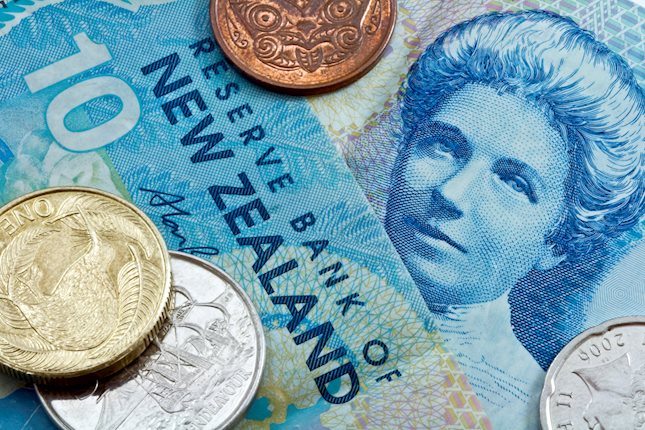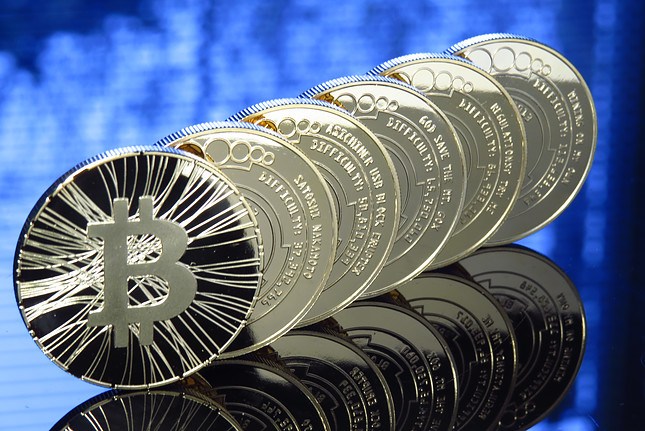Markets
US stocks have rocketed to new all-time highs, fuelled by easing geopolitical tensions and a robust 5-year Treasury auction that attracted the highest level of direct bidding in a decade. This surge comes as US investors deftly navigate the tremors of recent tariff announcements. Moreover, the latest Federal Reserve minutes have subtly bolstered expectations for continued rate cuts, though they signal a cautious stance, hinting at a possible pause if inflation reduction efforts stall.
This cautious optimism has now pivoted market attention towards Wednesday’s release of the PCE index, the Fed’s favoured inflation gauge. Traders, now accustomed to the arduous "last mile" of inflation control, are unlikely to be shaken unless the upcoming data significantly exceeds expectations, suggesting that the robust foundations of the U.S. stock market remain steadfast.
Oil prices dipped, helping the inflation outlook and reflecting a return to a precarious détente in the Middle East following an accepted permanent ceasefire between Israel and Lebanon.
While equities appear to be on a blissful journey toward market nirvana, the Fed's path remains shrouded in deliberative caution, particularly regarding the elusive neutral rate of interest, which complicates monetary policy assessments.
Meanwhile, the tariff bombshell that shook global markets yesterday was met with a stoic response from bond traders, who maintained their composure, fortified by the robust '3 Rs' policy framework championed by Bessent. The bond market's calm amidst the storm suggests a strategic, rather than reactionary, approach to clamping down on pressing issues like illegal immigration and illicit drug flows—viewing Trump's fiery tariff rhetoric more as calculated posturing than an imminent escalation of a trade war. Trust me, we will know when the trade war hits.
However, the potential activation of these tariffs holds profound implications, representing a tail risk that cannot be dismissed lightly. Underestimating the fallout of such aggressive trade measures could be a costly oversight, as it could usher in a new era of market volatility, testing the resilience of affected economies and global financial stability. As we teeter on the edge, the real impact of Trump's tariff strategy will unfold, potentially reshaping global trade dynamics in unforeseen ways.
While the final outcome of his tariff sabre-rattling may soften following negotiations, it’s crucial to skate to where the puck is headed, not where it has been.
Yesterday's market turbulence served as a clear warning shot, underlining the swift volatility that President Trump can trigger with just a few strategic posts on social media. This wake-up call came shortly after his strategic appointment of Scott Bessent as Treasury Secretary seemed to soothe market nerves. Yet, the positive ripple effects of Bessent's selection are still resonating, as evidenced by the overwhelmingly favourable response to the recent 5-year Treasury auction. This robust market reaction reflects broad approval of Bessent's backing for policies aimed at boosting U.S. oil production and slashing the fiscal deficit—moves that promise disinflationary benefits on both the supply and demand side. At face value, such policies starkly contrast Trump’s tariff rhetoric, suggesting a balanced approach that could temper potential market upheavals.
However, there's always a caveat when Trump is in the Oval Office. Despite the tranquillity the bond markets might suggest, Scott Bessent harbours no qualms about wielding tariffs as a strategic tool. His audacious support for appointing a 'Shadow Fed Chair' exposes a strategy to significantly extend executive influence over monetary policies, curtailing the Federal Reserve's autonomy. This approach highlights a stark ambition to consolidate economic governance, arming the President with the power to steer the broad spectrum of U.S. economic policies with unmatched sway.
Finally…
When luminaries like Jerome Powell openly confess their uncertainty about the elusive neutral rate yet assert that policy remains "restrictive," it unveils a stark contradiction. This muddle of statements, at best, represents a policy puzzle, and at worst, it borders on the absurd. It casts a shadow of doubt, leaving financial markets to wade through a quagmire of mixed signals.
In the grand theatre of market dynamics, any seasoned observer knows that the neutral rate is pegged considerably higher than often acknowledged. We might very well be at that juncture already, suggesting that any further rate cuts by the Fed could essentially serve as economic easing rather than merely "less restriction," as the policymakers might frame it. At this month's gathering, the undercurrent of sentiment among some participants was telling—they perceive that the downside risks to the U.S. economy and labour market have diminished, signalling a potentially pivotal pause in January.
From the wires
Deutsche Bank AG’s Bankim “ Binky” Chadha says the benchmark will hit 7,000 points by the end of next year, making him the most optimistic among Wall Street strategists predicting further gains for US stocks.
“We see steady robust momentum continuing into 2025, with earnings-per-share growth in the low double digits,” Chadha and his team wrote in a Monday note.
In the meantime, Bank of America Corp.’s Savita Subramanian is counting on another year of double-digit gains for the S&P 500 in 2025, but it says even better opportunities are present in individual stocks outside the benchmark.
Her 2025 year-end target for the gauge is 6,666, and she recommends companies with healthy cash return prospects and ties to the US economy. The strategist is overweight financials, consumer discretionary, materials, real estate, and utilities.
SPI Asset Management provides forex, commodities, and global indices analysis, in a timely and accurate fashion on major economic trends, technical analysis, and worldwide events that impact different asset classes and investors.
Our publications are for general information purposes only. It is not investment advice or a solicitation to buy or sell securities.
Opinions are the authors — not necessarily SPI Asset Management its officers or directors. Leveraged trading is high risk and not suitable for all. Losses can exceed investments.
Recommended Content
Editors’ Picks

NZD/USD trims gains to near 0.5850 as RBNZ Orr speaks
NZD/USD has trimmed gains to reverse near 0.5850 early Wednesday. The New Zealand Dollar found fresh buyers after the RBNZ announced 50 bps interest rate cut to 4.25%, as widely expecteed but RBNZ Governor Orr's prudent remarks check the pair's upside.

USD/JPY stays pressured below 153.00, US data eyed
USD/JPY slides to over a two-week low below 153.00 early Wednesday as Trump's tariff threats continue to drive haven flows towards the JPY and exert pressure on spot prices. That said, doubts over the BoJ's ability to tighten its monetary policy further should cap gains for the JPY. US data eyed.

Gold price consolidates amid mixed cues; holds comfortably above $2,600
Gold price struggles to capitalize on the overnight bounce from the $2,600 neighborhood or over a one-week low and trades with a mild negative bias on Wednesday. The prevalent risk-on environment, expectations for a less dovish Fed, elevated US bond yields and the underlying bullish sentiment surrounding the USD act as a headwind for the commodity.

Bitcoin remains short of $100K as long-term holders capitalize on recent price rise
Bitcoin (BTC) trades below $95K on Tuesday following increased selling pressure among long-term holders (LTH) after a series of new all-time highs (ATH).

Eurozone PMI sounds the alarm about growth once more
The composite PMI dropped from 50 to 48.1, once more stressing growth concerns for the eurozone. Hard data has actually come in better than expected recently – so ahead of the December meeting, the ECB has to figure out whether this is the PMI crying wolf or whether it should take this signal seriously. We think it’s the latter.

Best Forex Brokers with Low Spreads
VERIFIED Low spreads are crucial for reducing trading costs. Explore top Forex brokers offering competitive spreads and high leverage. Compare options for EUR/USD, GBP/USD, USD/JPY, and Gold.